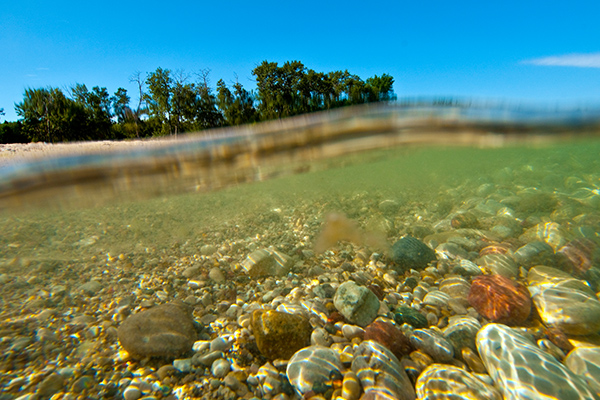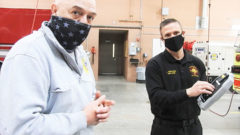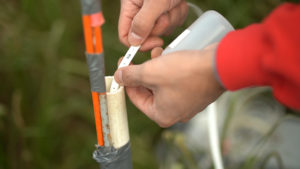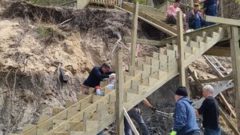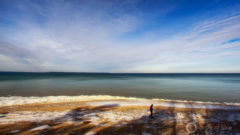Laurentian losing three key ‘Sudbury Model’ researchers
Ontario’s Laurentian University will be losing three researchers within its environmental sciences department due to restructuring. The loss of the three “Sudbury Model” researchers will affect local opportunities for the education and research of aquatic ecology and plant ecology. Read the full story by The Sudbury Star.
Great Lakes Commission
https://www.glc.org/dailynews/20210513-laurentian-researchers


